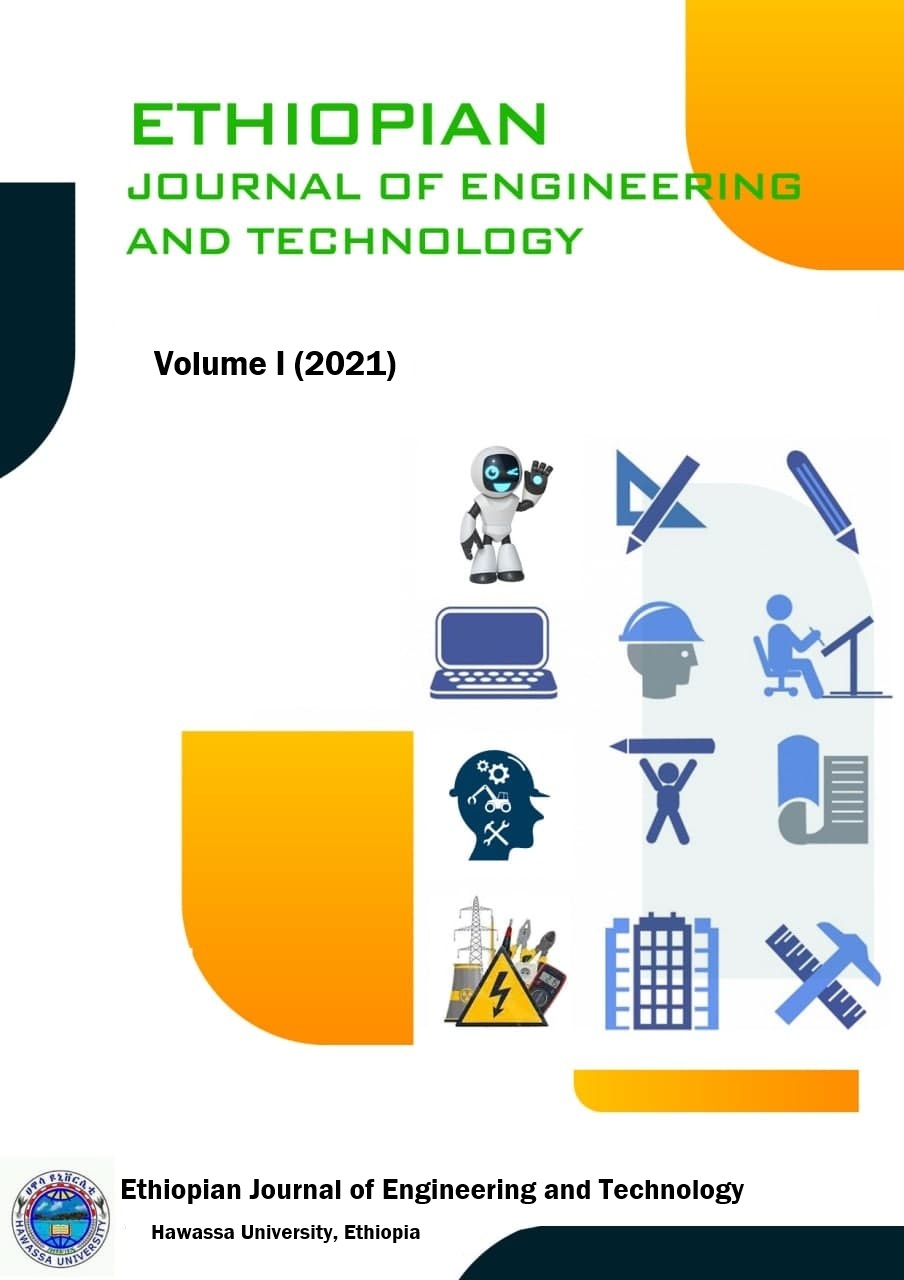Optimal Water Allocation Methods and Policy under the Current Development and Climate Change Challenges: A Review on Gidabo Basin of Ethiopia
DOI:
https://doi.org/10.82127/7v569r53Keywords:
Water allocation, Climate change; WEAP; Water demand, Conflict resolution; Legal and institutional framework, IBTsAbstract
Ethiopia, with over 1,700 m3/s per capita water availability is not a water stressed country, the spatial and temporal variability of water limits the country’s development, management and equitable distribution. Rift Valley Lakes Basin is one of the twelve basins in Ethiopia which covers 53,000 km2. RVLB consist of 4 sub-basin and 14 watersheds and most of Rift valley lakes exist in this Basin and Gidabo is among these watersheds. There had no well-organized water allocation system in Gidabo Basin. A review was conducted to adopt an allocation plan from existing plan within the country from nearby basins and outside of the country. The water allocation study of the basin will target to provide water allocation for domestic, livestock, environmental flow, coffee wet mills, agro-processing and other industrial water demand in the sub basin and forecasted water demand with sustainable, equitable and rationally manner. As water scarcity has increased globally, water allocation plans and agreements have taken on increasing significance in resolving international, regional and local conflicts over access to water. This review also includes assessment of water conflict, water supply right and sanitation policy and identification of future scenarios for water allocation and adaptation strategies in the basin. There were different papers reviewed on each sub topic to attain the aim of the review including domestic demand which is to be calculated with the ratio of population number, biodiversity water demand based on moody method, livestock water demand based on dry matter and their types, industrial water demand which is to be calculated as a function of industrial production data, industrial survey components, and economic development indicators. In addition, decisions related to water resources allocation need to incorporate local hydrologic conditions. This work investigates such possibility with available RCM global datasets with a statistical downscaling method, and WEAP; a water allocation simulation model to be used. The water allocation of the will be analyzed under baseline and future climatic conditions and also the adaptation strategies for the water scarcity. The review suggests the possible application of policies, proclamations, regulations and traditional as well as UN water rights of the societies. Water Allocation has to be in accordance with policies, proclamations, regulations and institutional arrangements developed in the country and the modern basin allocation planning now focuses more on optimizing the use of existing supplies through significant economic, social and environmental analyses and the assessment of tradeoffs between competing users. Water resources management criteria for its efficient and effective utilization should be well conceived to avoid conflict, reduce negotiation and to increase cooperation.

